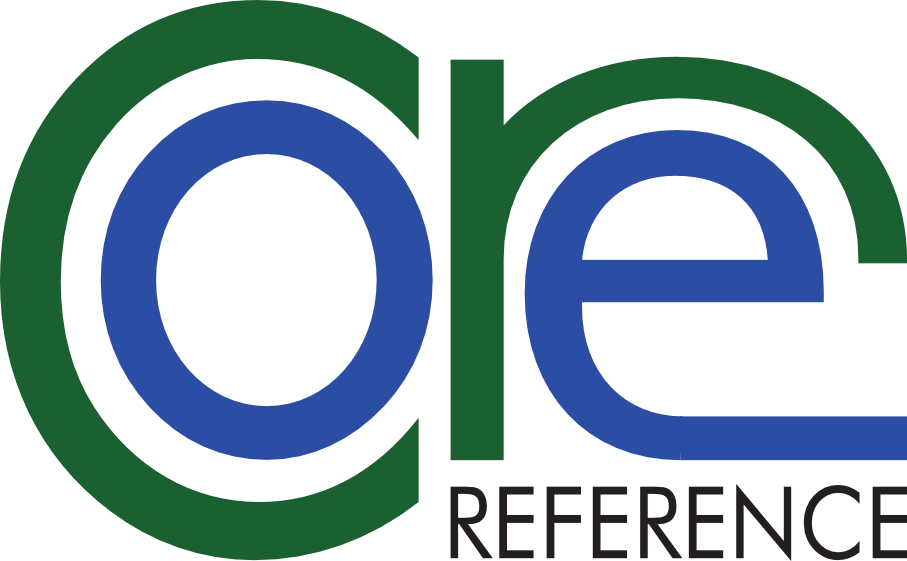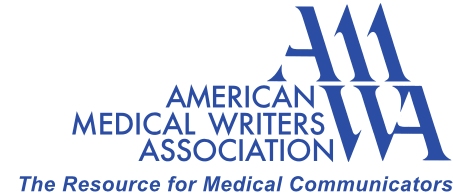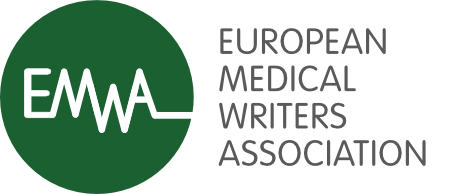Adoption and Use
The following individuals, companies, groups and organisations support the use of CORE Reference as follows:
"I wanted to say how grateful I am to receive these CORE Reference newsletters every month – they really are a precious resource of information to myself and the Scinopsis team. I’m sure that it must take a lot of time and effort to put these newsletters together, but your efforts are highly appreciated so thank you."
Dr. Sarah Hopwood
Chief Operating Officer & Director of Medical Writing, Scinopsis
I am new to medical writing, and have found CORE Reference the most comprehensive and most helpful document in my search for information and clarification about the structure and contents of Clinical Study Reports. Thank you very much for the valuable and comprehensive resource.
Xintong Wang
Medical writer, Duxact, China
Thanks for detailed advice
Thanks again to CORE Reference and Sam Hamilton – this time for providing detailed answers to some questions we had been grappling with for some time, regarding the scope of CTR Appendix 16.1.10. In the end, we decided to reach out to CORE Reference for advice – and were thrilled to receive a prompt and very kind reply from Sam. This was followed by a comprehensive response from the BWG (Budapest Working Group). The response, which was also shared via the CORE Reference mailing list and News Summaries (January 2020), helped us incorporate some much-needed, clear guidance text about Appendix 16.1.10 in our CTR template. So here is our advice: if you’re not sure, ask CORE… :)
Lillian Sandø
Senior Medical Writer, LEO Pharma
Just a spontaneous and hearty THANKS for all the noble effort you have put into CORE Reference, and for keeping us updated on the ever-changing medical writing landscape.
Nina-Maria Vasconcelos
Senior Compliance and Process Specialist (and former Medical Writer), Ferring, Denmark
Once again, I would like to commend BWG for all the hard work that went into the CORE Reference, and their continuing efforts to address feedback from the users and to improve this tool.
I work for a mid-sized global CRO and we have now updated our CSR template to reflect most of CORE’s recommendations. So far, we have had mixed reactions from our clients to our new template. There are Sponsors (especially those outside of Europe) who are not aware of CORE at all. However, there are some who are actually appreciative of this progressive initiative. What I noticed is that Sponsors whose medical writers participated in the different EMWA workshops on transparency and disclosure are the ones who are most open to using the CORE Reference tool. It is encouraging to see that knowledge transfer through EMWA is making an impact on the industry.
Raquel Billiones
Executive Director, Global Head, Medical & Regulatory Writing, and Country Director, Switzerland, Clinipace
I do medical translation between Japanese and English for 26 years and have worked with many Japanese major pharmaceutical companies. Since attending AMWA open sessions regarding CORE Reference, I have provided information on the Reference for pharmaceutical companies and CROs in my country, and have encouraged Japanese pharmaceutical writers and translators to sign up for the Reference. In my opinion, CORE Reference is not only a user manual for creating clinical study report contents but also a valuable resource of good English for medical communicators who are not native English speakers but write clinical study-related documents in English. I have found that CORE Reference is well written in good English by experienced medical writers. Thus, I often suggest to Japanese medical writers and translators that they imitate CORE Reference's English terms and phrases. I hope that more non-native English speakers will know and imitate CORE Reference so that they can improve the quality of clinical study reports in English and obtain approval of new drugs more promptly for patients in many countries.
Yukie Uchiyama, MD
President, Clinos, Tokyo
I am new to medical writing, and have found CORE Reference the most comprehensive and most helpful document in my search for information and clarification about the structure and contents of Clinical Study Reports. Thank you very much for the valuable and comprehensive resource.
Dr Hannelie Carstens
Freelance, South Africa
When we recently updated our clinical trial report template, CORE Reference proved very helpful, and we have adopted most of its principles and suggestions. In particular, we have embraced the principles of disclosure-friendly writing. We have expanded the guidance text throughout our template, citing or referring to relevant sections of CORE Reference. As a result, our revised template provides clearer instructions – helping staff writers as well as external consultants, new as well as experienced writers – and underpins consistency and high quality.
Louise Broge
Head of Medical Communication, LEO Pharma
IQVIA have incorporated much of the guidance offered by CORE Reference into its standard CSR template.
Vivien Fagan
Director, Global Medical Writing, IQVIA (formerly Quintiles)
The CORE Reference is an excellent and thoroughly useful CSR writing tool. A team of Parexel senior writers have recently reviewed the CORE Reference alongside our current CSR template. We found it an excellent resource for adding instructional text to our template and also adopted many of the suggested TOC/heading changes from ICH guidelines. We have also cited it in the template as an aid for less experienced writers.
Jo MacKenzie
Senior medical Writer, Parexel
Chiltern Medical Writing are delighted to have incorporated CORE Reference into our standard operating procedure (SOP). Thank you to the EMWA team for the hard work in developing this very useful resource.
Rebecca Farrar
Senior Director Medical Writing, Global, Chiltern
As a CSR-naïve freelance medical writer, I have recently reported a non-interventional study assessing quality of life. Although CORE Reference is a resource for interventional and not non-interventional studies, I was able to refer to it for many sections of my report. I learned that writers adapt the ICH E3 suggested structure and also to what extent and in what way it can be modified. In short, despite my first CSR being for a non-interventional study, I believe CORE Reference increased the quality of my product, and it certainly reduced my anxiety. I very much appreciate that the CORE Reference team decided to share this expertise.
Gerard Carot Sans
Medical writer, Freelance
We have found CORE Reference to be very useful and essential for work and we are currently in the process of incorporating its principles and recommendations in our internal standards and procedures. We are also pleased to announce that we have shared information about CORE Reference at the IV annual conference held by OCT “Clinical trials in and outside Russia” that took place in Moscow on the 14th of September 2016 (Slides available here). The conference attracted a wide audience, including the representatives of pharmaceutical companies and two experts of local regulatory authorities (Drug Expertise Organization of the Ministry of Health of Russia and the Eurasian Economic Commission). The attendees were very interested in finding out about this project and CORE Reference recommendations regarding the different aspects of the CSR writing.
We hope this will help distribute CORE Reference in Russia. The conference programme and photo gallery can be found at:
https://www.oct-clinicaltrials.com/news/2457.
Many thanks for EMWA and AMWA help and support actions for medical writers around the world!
Eugenia Radkova
Medical Writer, OCT Rus
We are updating our CSR template in light of CORE Reference, and a reference to this tool in our Medical Writing SOPs seems essential. This is definitely a valuable tool. Many thanks to the CORE Reference team, who provide us with the level of information we need to appropriately manage CSRs.
Corinne De Backer
Senior Medical Writer, Lincoln, France
A valuable tool for all involved in CSRs
Steven Walker
Director, St Giles Medical London & Berlin
Trilogy fully endorses the use of CORE Reference. We plan to incorporate it into our working practices. We also want to commend the entire working party for developing this wonderful tool. It is a step forward for the industry.
Julia Forjanic Klapproth
Senior Director, Trilogy Writing & Consulting
We are developing a clinical study report template for our group. We are using CORE Reference as a source and are citing it on the template.
Janice Beck
Medical Writer, Cardinal Health
We distributed CORE Reference to our regulatory writers within Lilly and added it to our writer’s resource library. It will be a good aid the next time we update our CSR template
David Clemow
Advisor Scientific Communications Strategy, Eli Lilly
I adopt CORE Reference.
Daniela Penn
Freelance Medical Writer, Medisis
I want to express my appreciation of all the hard work and dedication that went into this project. This is a very valuable tool for MWs, facilitating CT data transparency. I have recommended its implementation to colleagues within and outside my company.
Raquel Billiones
Senior Director, Medical & Regulatory Writing, Clinipace Worldwide
Synequanon (SQN) are pleased to announce that they have incorporated the CORE Reference into their working practices and express our thanks to EMWA for developing this reference.
Angela Jennings
Director Quality and PI, Synequanon, Norfolk, UK
Please notify us if you or your organisation have adopted the use of CORE Reference. Is CORE Reference, for example:
- Included in standard operating procedures (SOPs)
- Included as a reference in departmental working procedure(s)
- Circulated for review within organisation/department
- Planned for further review for potential integration.


